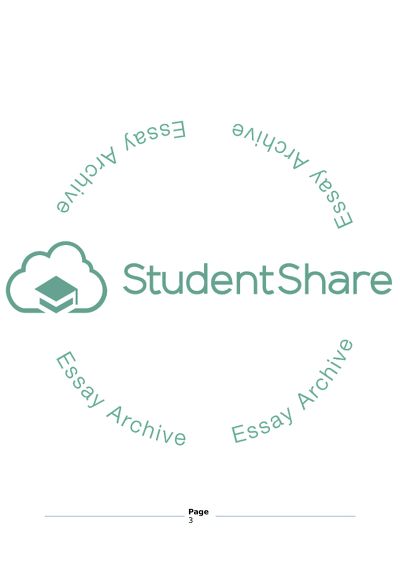Cite this document
(“Budgeting Essay Example | Topics and Well Written Essays - 2500 words”, n.d.)
Retrieved from https://studentshare.org/finance-accounting/1489758-budgeting
Retrieved from https://studentshare.org/finance-accounting/1489758-budgeting
(Budgeting Essay Example | Topics and Well Written Essays - 2500 Words)
https://studentshare.org/finance-accounting/1489758-budgeting.
https://studentshare.org/finance-accounting/1489758-budgeting.
“Budgeting Essay Example | Topics and Well Written Essays - 2500 Words”, n.d. https://studentshare.org/finance-accounting/1489758-budgeting.


